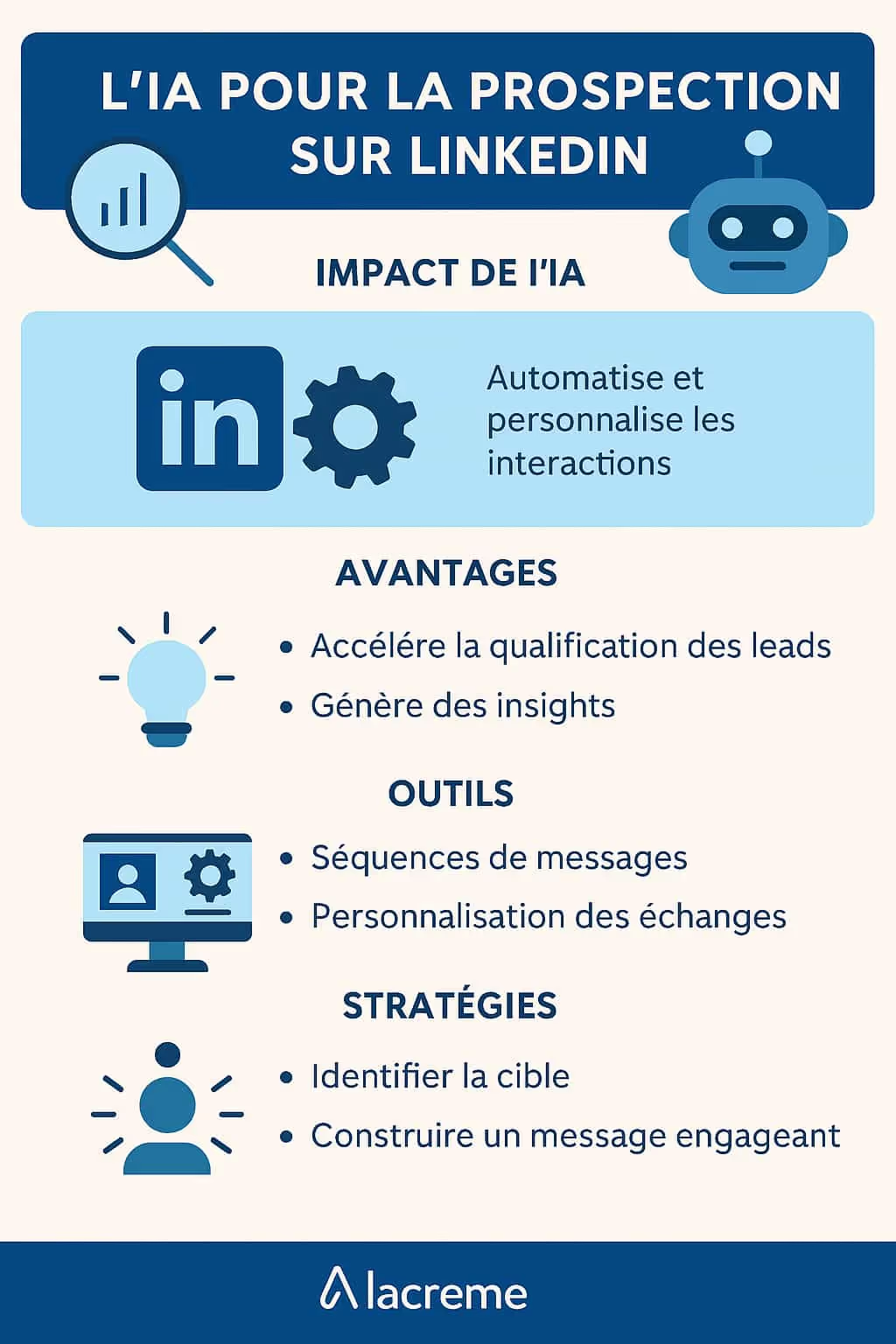The rise of artificial intelligence in artistic creation
AI artists: a new form of creativity
The advent ofartificial intelligence (AI) as the master of creation raises a myriad of questions about the future of creativity herself. By interfering in the workshops, these technologies are changing our understanding of the artist. Far from being simple tools, these AIs are becoming co-creators, offering previously unimaginable perspectives and redefining the very notion of creativity.
How AI is transforming traditional artistic practices
Like traveling companions for traditional artists, AI programs reinterpret conventional methods. These tools transform digital clay into breathtaking sculptures and transpose human emotions into virtual brush strokes. This exchange between the artist and his computer tool redesigns the age-old practices of art, suggesting a future where the barrier between technology and humanity is becoming more and more permeable.
The impact of AI on the arts and culture industry
The ethical and aesthetic challenges posed by AI Art
At the heart of the debates aroused by AI is the question of copyright : who does a work belong to if its creator is an algorithm? This question reveals a virgin ethical field where established rules are no longer sufficient. The aesthetic repercussions are just as important. AI art pushes the boundaries of the imaginary, so how can we distinguish art that moves, because of its intrinsic connection to the human experience, from that synthesized by a artificial intelligence?
Economic impact of AI-generated art
The interference ofartificial intelligence in the artistic market leads to a redistribution of roles and incomes. While some see these machines as an economic boon, others fear a devaluation of human art. National and international economies are faced with the obligation to re-examine their criteria for the value and protection of works of art in the face of this digital transformation.
Artificial intelligence and visual art: painting, drawing, sculpture
Whether it's capturing the ephemeral beauty of a sunset or painstakingly repeating the texture of ancient marble,AI in visual art redefines what it means to paint, draw, or carve. These technologies shape visually intriguing works with astronomical precision, raising the debate about the nature of art: is it a purely human expression or can it transcend our limited body experience?
Music and literature in the age of artificial intelligence
La Algorithmic melody and computer-generated prose are emerging in the sphere of music and literature, questioning the need for human emotion in the creative act. Programs that can compose symphonies with subtle nuances or write poems with sophisticated rhymes challenge our conception of creation and inspiration, inviting us to reflect on the place of man in the art of the future.
The future of art: a symbiosis of human talent and artificial intelligence
The human behind the machine: artist-AI collaboration
Beyond potential competition, the partnership between humans and AI opens up unexplored dimensions of creative cooperation. This unique collaboration can harmonize human intuitions with the calculations ofartificial intelligence, creating hybrid works where the mind and the machine mingle in a creative ballet.
Artificial intelligence: a tool for extending the creative imagination
More than just assistance, artificial intelligence can serve as a broadener of artists' imaginative horizons. Freed from technical constraints, they can dive deeper into abstraction and experimentation. AI is presented as a cognitive extension, propelling artists towards unprecedented artistic explorations.






